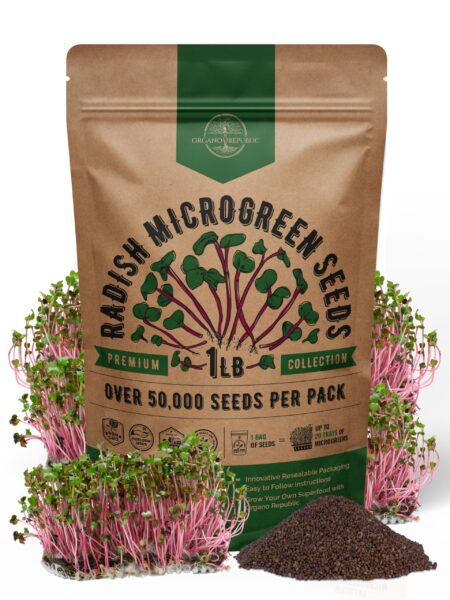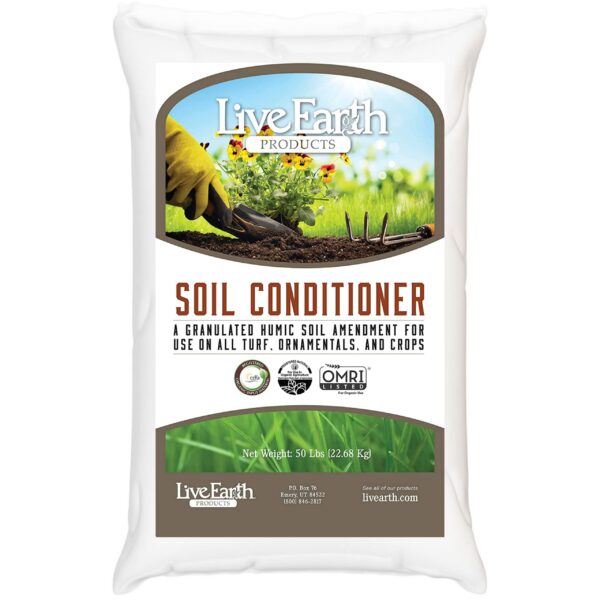Radishes are often celebrated as one of the quickest and easiest vegetables to grow, but what happens when your radishes turn out long and thin instead of plump and round? Let's dig into the possible causes and solutions for this common gardening dilemma.

Radishes thrive when they grow quickly and under ideal conditions, but when something disrupts their development, they can end up looking more like carrots than round and crunchy radishes. The issue often boils down to soil, overcrowding, or environmental stress. For a comprehensive background on radishes and their characteristics, check out this guide to radishes.

The condition of your soil plays a major role in how radishes develop. They need loose, well-draining, friable soil that’s at least 14 inches deep for their bulbous roots to expand. If the soil is too compacted, radishes will struggle to form proper bulbs, growing long and thin instead.
For more detailed guidance on growing radishes at home, check out this helpful resource on growing radishes.

Believe it or not, too much of a good thing—such as nitrogen—can backfire. Excess nitrogen helps radishes grow lush green leaves at the expense of root development, leaving you with leafy, underwhelming radishes.
Radishes may be small, but they’re not fans of sharing space! Overcrowding in your garden limits their ability to grow into plump bulbs. Additionally, planting depth and timing can make or break your harvest.
Here’s a summary of potential radish-growing issues and their fixes:
| Problem | Cause | Fix |
|---|---|---|
| Long and thin radishes | Compacted or shallow soil | Loosen and enrich soil up to 14-16 inches |
| Only leafy tops, no bulb | Excess nitrogen | Use balanced, low-nitrogen fertilizer |
| Bolting (flowering too soon) | High temperatures | Plant in spring; shade in heat |
Getting the perfect radish boils down to giving them the right growing conditions. Good soil, careful planting, and balanced nutrients all work together for a successful harvest. Try adjusting your approach, and you’ll enjoy crunchy, satisfying radishes in no time.
What’s been your experience with radishes? Do you have tips or tricks to share for keeping them plump and happy? Let us know in the comments below!

Unlock the secrets of your garden with the Luster Leaf Rapitest Soil Test Kit. This comprehensive kit covers 40 tests for pH, nitrogen, phosphorus, and potash levels. Perfect for fruits, veggies, trees, shrubs, plants, flowers, and lawns. Easy-to-use and accurate, it provides valuable insights to optimize plant health. Ensure your soil is at its best for vibrant growth and lush green results. Ideal for gardeners of all levels seeking to maximize their growing potential.

Cultivate your own nutritious microgreens with our Radish Microgreen Seeds. This 1 lb package boasts over 50,000 seeds, ideal for growing fresh, peppery greens at home. Enjoy easy plantation with resealable packaging and clear instructions. These non-GMO, heirloom seeds ensure vibrant growth, making them a perfect addition to your healthy lifestyle. Experience the freshness and rich flavors in every bite. Perfect for salads, smoothies, and garnishes.

Enhance your garden's vitality with Live Earth Granulated Soil Conditioner. This humic soil amendment improves soil structure, boosts nutrient uptake, and supports robust root development. Perfect for turf, ornamentals, and crops, it's OMRI listed for organic use. Transform tired soil into thriving, nutrient-rich earth effortlessly and watch your plants flourish. Suitable for all gardening enthusiasts, from beginners to experts.
Radishes prefer temperatures between 50-65°F. Hotter conditions might force the roots to grow downward rather than forming the desired rounded shape. Additionally, tough and chewy radishes often indicate they stayed in the ground too long.
To avoid long and thin radishes, ensure that they are not crowded and that the soil is not compacted. Providing adequate space and loose soil allows for better root development into a spherical shape. Regularly thinning out radish seedlings can prevent overcrowding.
Radishes thrive in rich, well-draining soil with a balance of nutrients, particularly phosphorus over nitrogen. Avoid compacted soils and space plants properly to support the desired root size and shape. Regularly testing and amending soil can improve growing conditions.
Common issues include over-watering, insufficient light, and pest infestations. Overcrowding and compact soil are frequent problems that result in undeveloped roots. Timely attention to these factors can lead to a successful radish harvest.
Begin by selecting a sunny spot with loose, well-draining soil. Sow seeds directly into the soil, keeping them spaced appropriately to allow for growth. Water regularly but avoid excessive moisture, and watch for signs of stress like wilting or deformity.
And there you have it—now you're well on your way to growing those thick, perfectly plump radishes your salad dreams are made of. It's truly exciting to watch as your garden aspirations come to life with just a little bit of soil and sunshine! If you have any more gardening questions or if you're just itching to share your radish success stories, let's connect and keep the conversation growing. Follow us on Pinterest for inspiring gardening boards, or check out behind-the-scenes shots and gardening tips on our Instagram. You can also join our dynamic community on X (formerly Twitter) where we share updates and chat with fellow garden enthusiasts. And don't forget to give us a thumbs up on Facebook to stay updated with our latest posts and more! Happy gardening, and may your radishes be the envy of all your neighbors!

Immerse yourself in architecture’s most boundary-pushing ideas—where innovative home improvements meet visionary urban developments. Discover new building techniques, materials, and creative concepts that are redefining how we shape our spaces on a global scale.